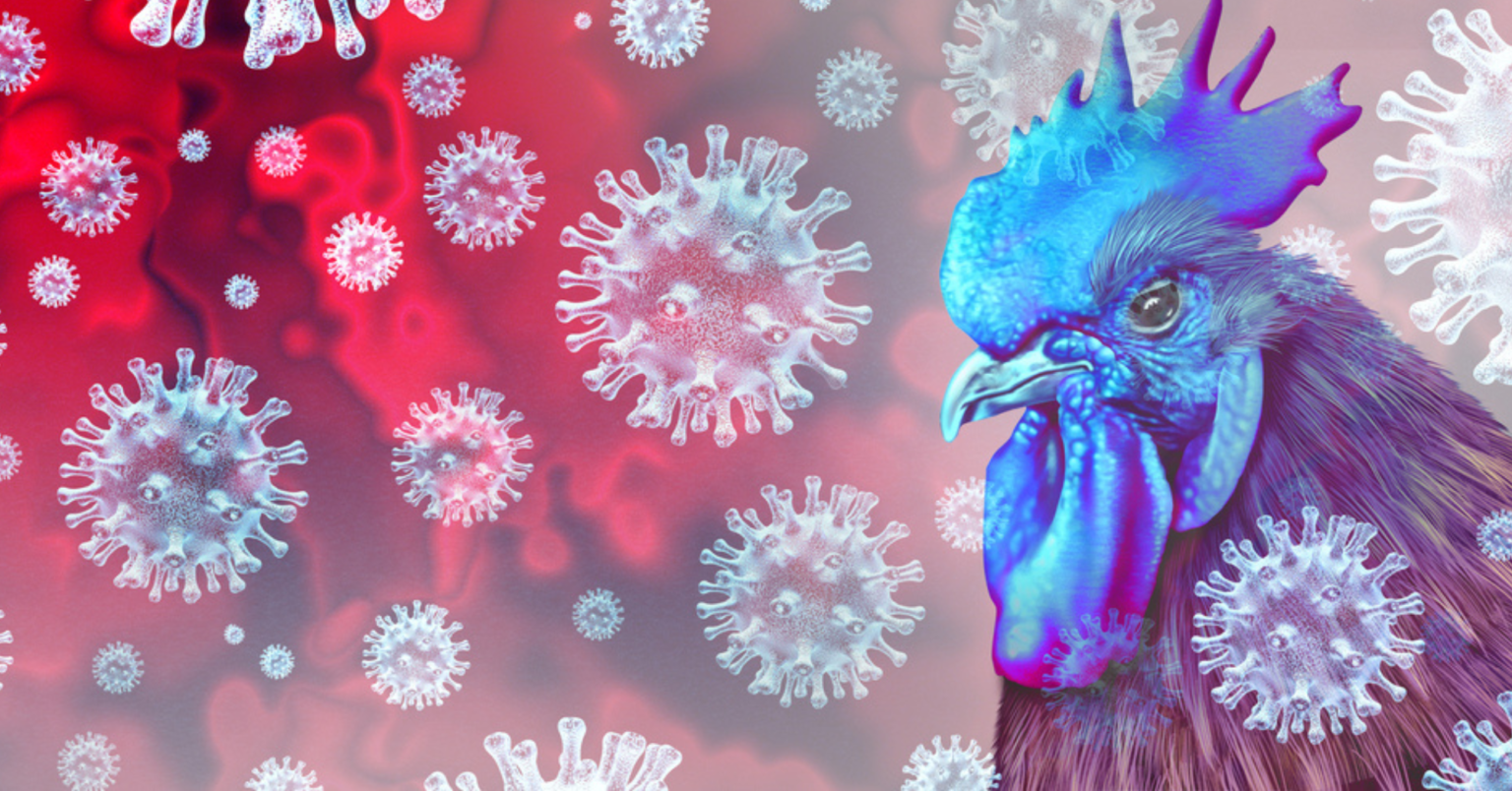The Centers for Disease Control and Prevention confirmed the first human case of avian influenza A(H5N1) in a child in California last week.
According to the CDC, the child experienced mild symptoms, was treated with flu antivirals, and has since recovered. Initial testing showed low levels of the virus, and follow-up tests were negative for H5N1 but positive for other respiratory viruses.
The California Department of Public Health is investigating the source of the child’s exposure, though no person-to-person spread of H5N1 has been detected. During the investigation, all household members showed symptoms, but tests for H5N1 came back negative, while some family members tested positive for the same respiratory viruses as the child.
There is currently no evidence of human-to-human transmission of H5N1 in this case, nor in any other H5N1 cases reported in the U.S. so far. This case marks the second human H5N1 infection identified through national influenza surveillance, following widespread outbreaks of the virus in wild birds, domestic poultry, and dairy herds in California since 2022.
While human infections with avian influenza H5N1 are rare, they have been reported sporadically in countries outside the U.S. CDC continues to monitor influenza surveillance data, particularly in states with ongoing animal outbreaks, including California.
Since early October, California has reported 27 confirmed human cases of bird flu, all following direct contact with infected dairy cows. To date, all have reported mild symptoms (primarily eye infections), and none have been hospitalized. Because bird flu viruses can change and gain the ability to spread more easily between people, public health officials have provided preventive measures and are monitoring animal and human infections carefully.
The CDC’s risk assessment for the general public remains low, but those with direct exposure to infected or potentially infected animals — such as birds, dairy cattle, or other livestock — are at higher risk.
“CDC recommends avoiding unprotected exposures to sick or dead animals, including wild birds, poultry, other domesticated birds, and other wild or domesticated animals (including cows),” reads the website.
»Related: First U.S. case of H5N1 bird flu pig raises virus spread concerns


